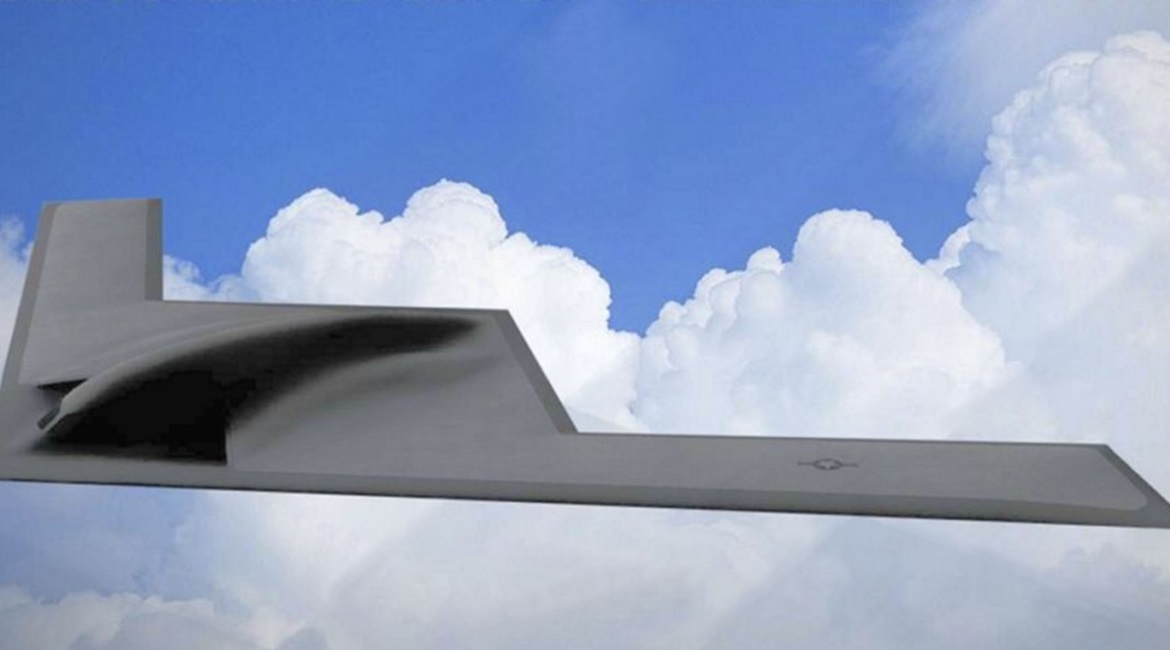
The Pentagon should embrace a mosaic systems warfare strategy that exploits the ability of advanced networks to seamlessly share information and recent developments in computing as it prepares for great power competition in contested environments, according to a new study.
The study, Restoring America’s Military Competitiveness: Mosaic Warfare, which was released on 10 September by the Mitchell Institute for Airpower Studies think-tank, said functional capabilities such as radar, fire control, and missiles that once had been hosted on a common platform such as combat aircraft can be disaggregated into their smallest practical elements. In the mosaic concept platforms are decomposed into their smallest practical functions, creating collaborative nodes in a network kill web that is highly resilient and can remain operationally effective even as an adversary destroys some of the web’s elements.

A new study suggests the Pentagon accelerate acquisition of high-end capabilities such as the Northrop Grumman B-21 Raider long-range strike bomber to create a mosaic force design. (US Air Force)
Mosaic uses highly resilient networks of redundant nodes and multiple kill paths to minimise the critical system value of US nodes that an enemy could target. This would ensure that US forces are effective in contested environments.
At the same time, disaggregated functionality would allow a mosaic force to be highly adaptable across the spectrum of military operations. Mosaic combines the attributes of highly capable, high-end systems with the volume and agility afforded by numerous smaller force elements that can be rearranged into many different configurations or presentations.
Looking to read the full article?
Gain unlimited access to Janes news and more...






